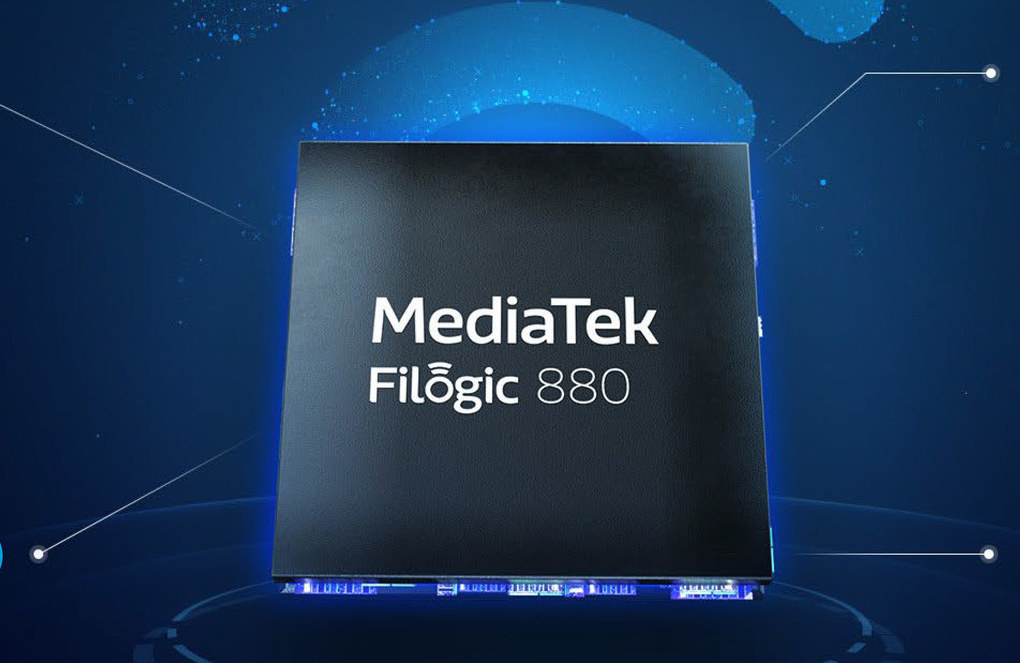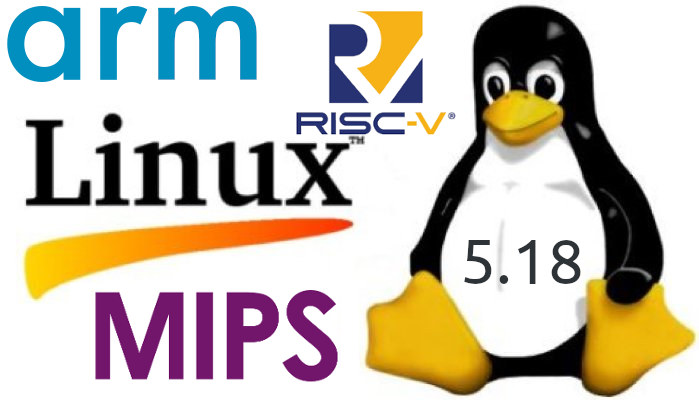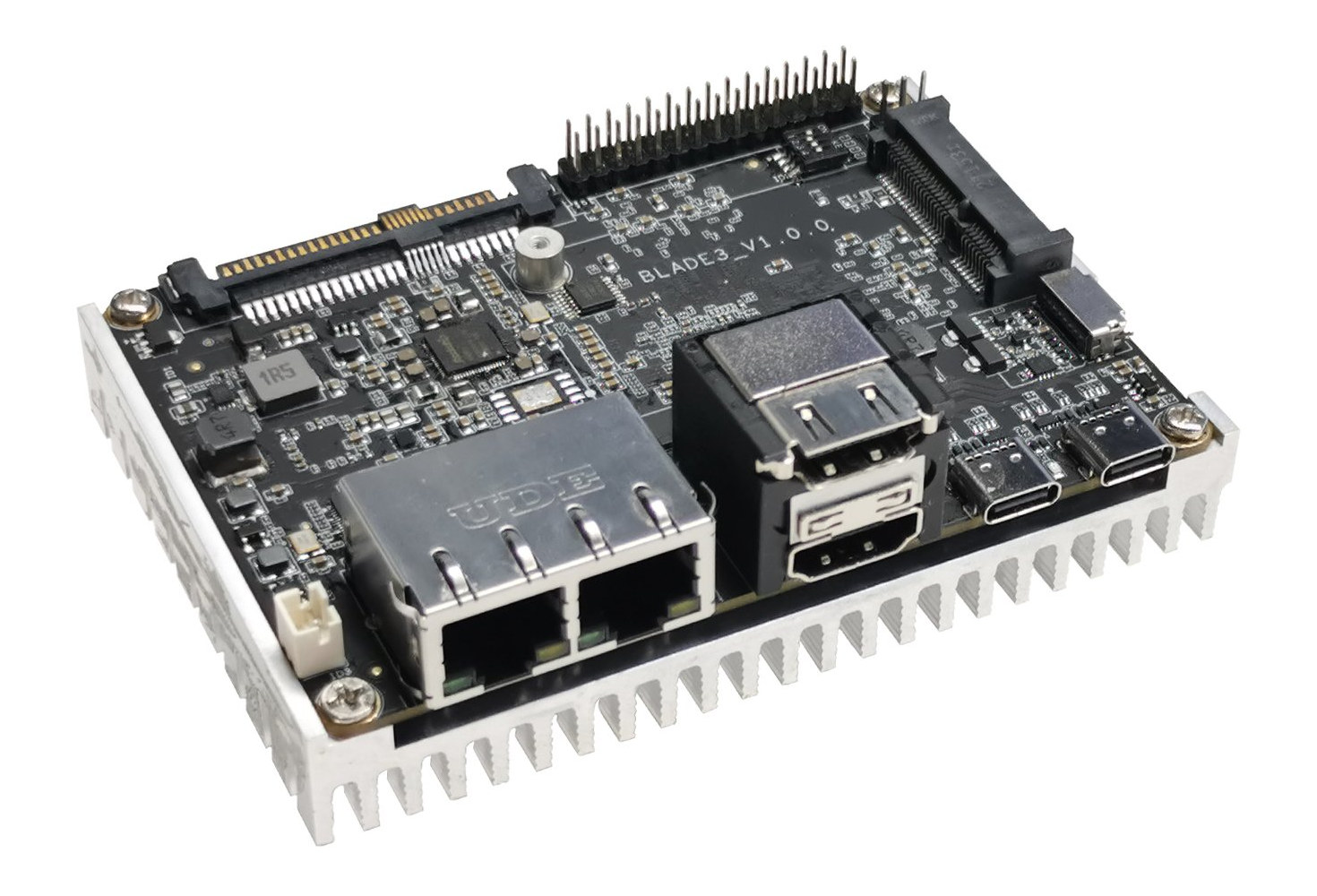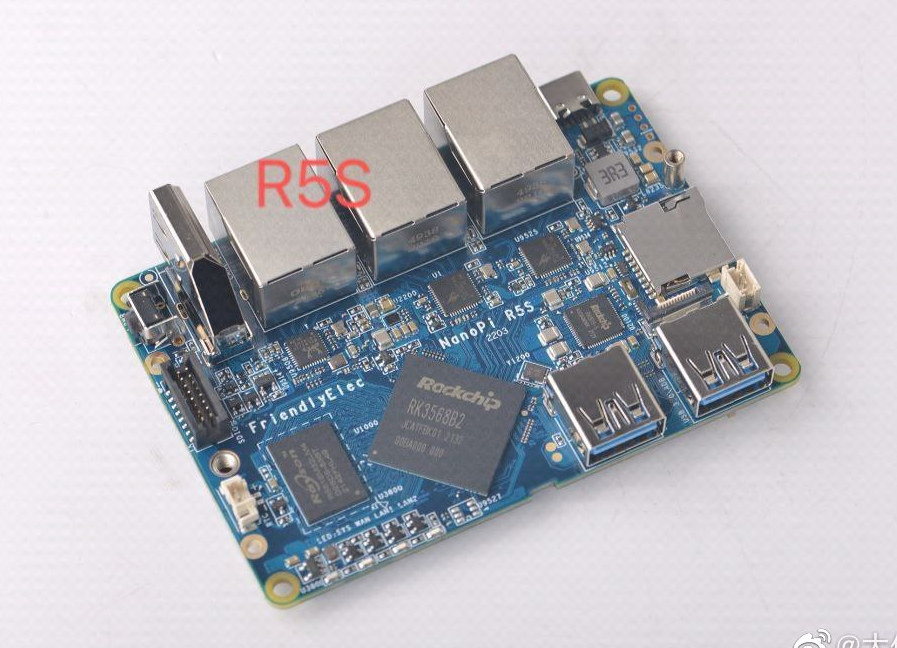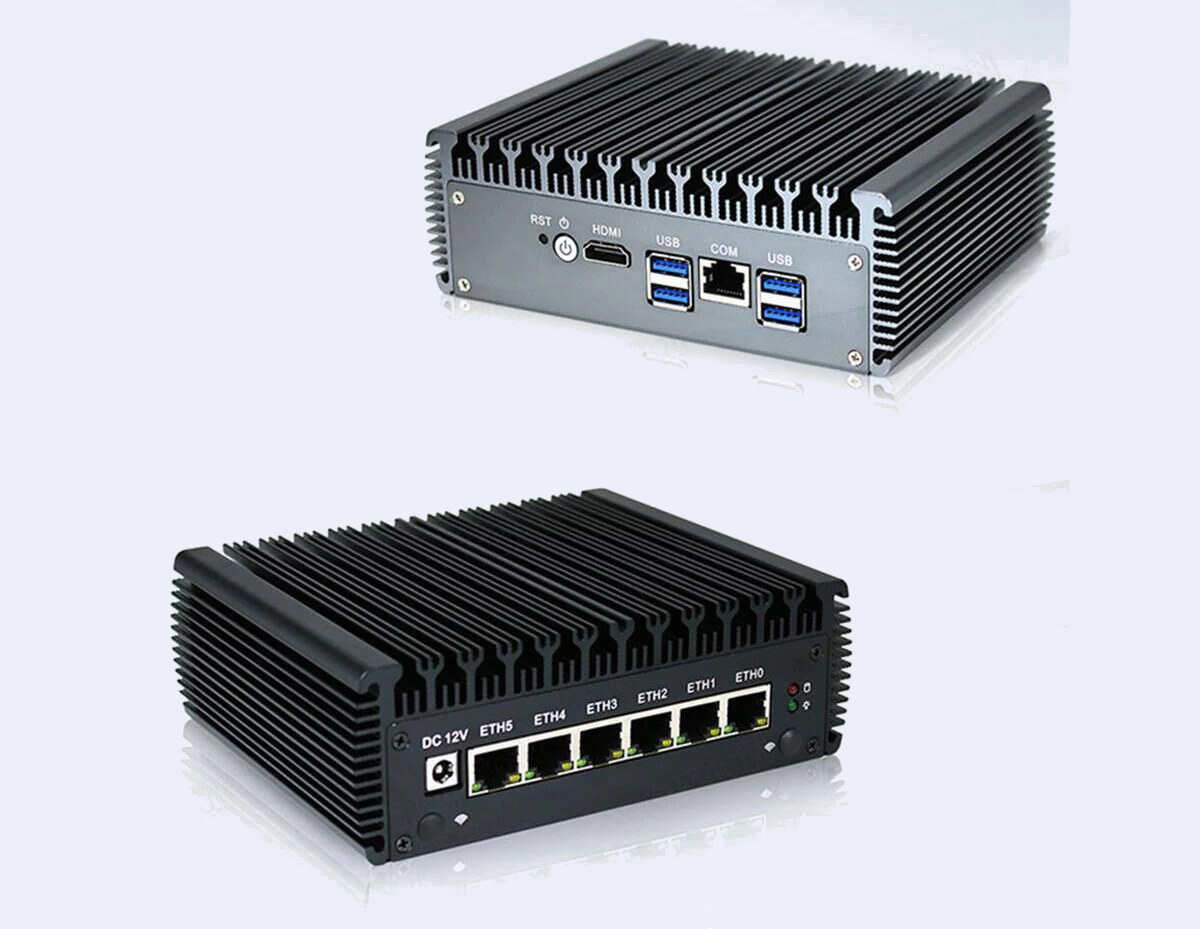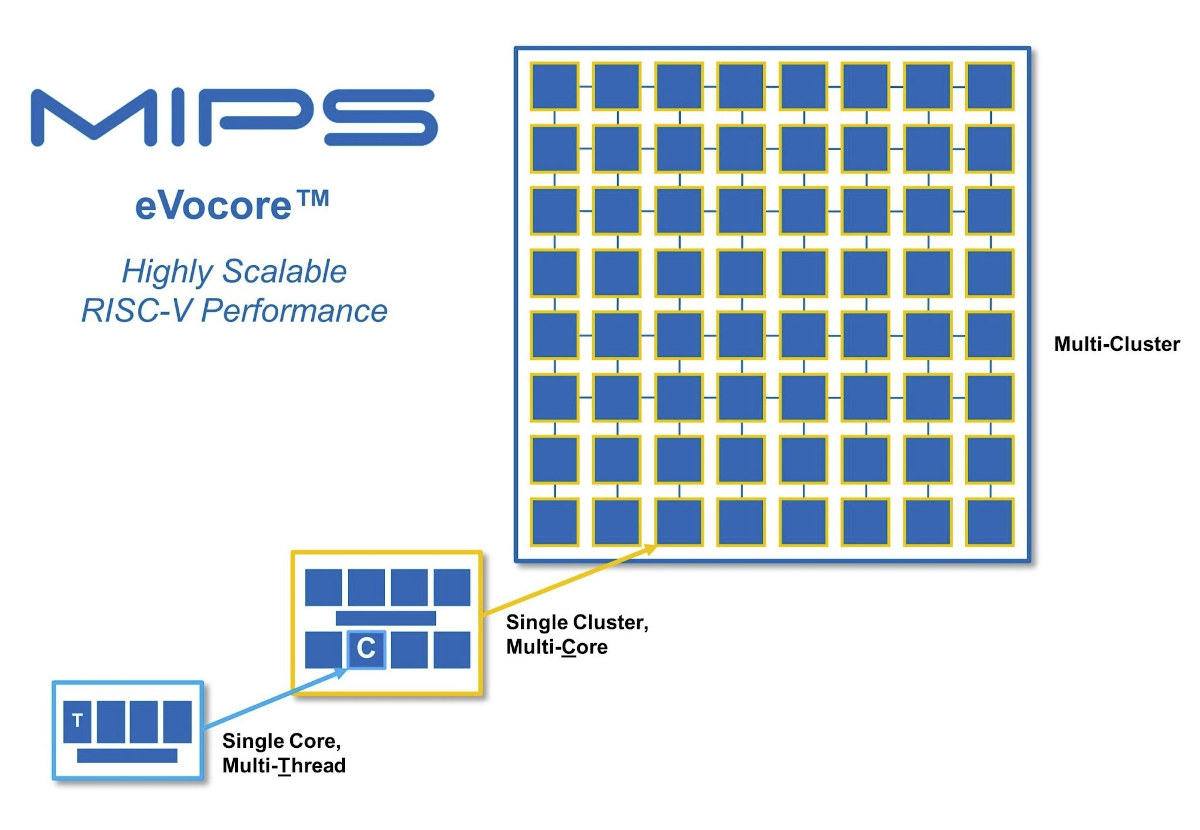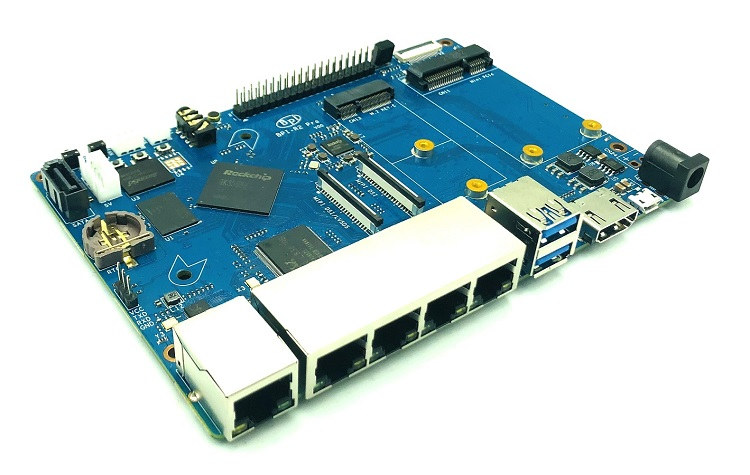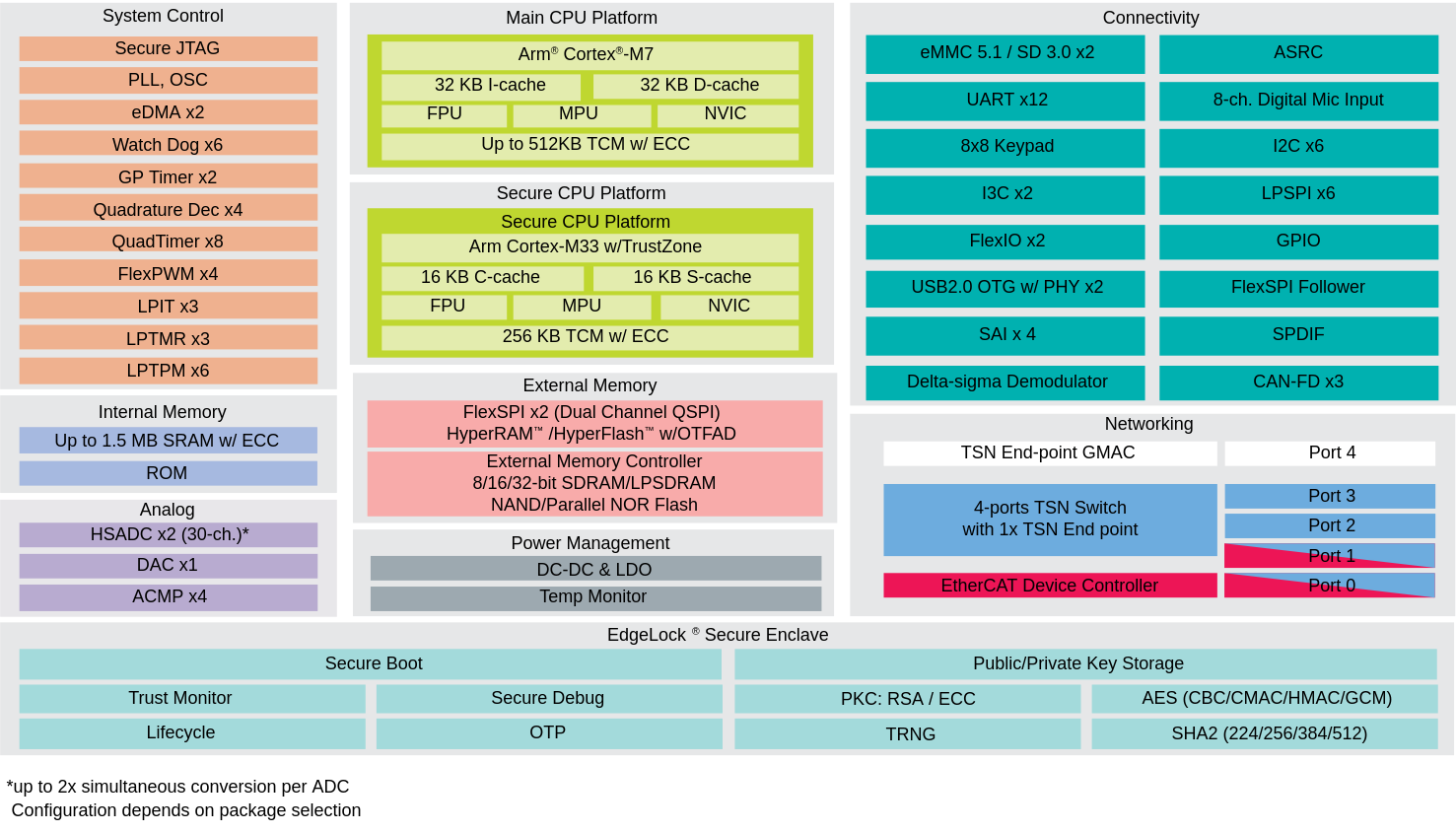I first heard about WiFi 7 (802.11be) when MediaTek demonstrated some unknown Filogic solutions to customers, but few details were known at the time. The company has now formally announced the Filogic 880 and Filogic 380 WiFi 7 solutions designed for access points and clients respectively. MediaTek Filogic 880 for WiFi 7 access points, gateways, and routers Filogic 880 specifications: CPU – Quad-core Arm Cortex-A73 application processor @ up to 1.8 GHz (about 30K DMIPS performance) AI accelerator – Advanced NPU (previously called “packet accelerator” or “off-load engine” :)) with HW NAT/IPv6 acceleration, QoS acceleration, (EIP-197) crypto engine for accelerating IPSec, SSL/TLS, DTLS (CAPWAP), SRTP and MACsec, etc… System Memory – Up to 8GB 32-bit DDR3/DDR4 3200 Storage – SPI NOR flash, SPI NAND flash, eMMC flash Networking Wired 2x 10 Gbps Ethernet 1x 2.5 Gbps Ethernet 4x 1 Gbps Ethernet Wireless Wi-Fi 7 technologies such as 4096-QAM, 320MHz, MRU, […]
Linux 5.18 release – Main changes, Arm, RISC-V, and MIPS architectures
Linux 5.18 is out! Linus Torvalds has just announced the release on lkml: No unexpected nasty surprises this last week, so here we go with the 5.18 release right on schedule. That obviously means that the merge window for 5.19 will open tomorrow, and I already have a few pull requests pending. Thank you everybody. I’d still like people to run boring old plain 5.18 just to check, before we start with the excitement of all the new features for the merge window. The full shortlog for the last week is below, and nothing really odd stands out. The diffstat looks a bit funny – unusually we have parsic architecture patches being a big part of it due to some last-minute cache flushing fixes, but that is probably more indicative of everything else being pretty small. So outside of the parisc fixes, there’s random driver updates (mellanox mlx5 stands out, […]
Rockchip RK3588 Pico-ITX board launched with four-node cluster box (Crowdfunding)
The Mixtile Blade 3 Pico-ITX single board computer (SBC) powered by Rockchip RK3588 processor has now launched on Crowd Supply with either 8GB or 16GB RAM, and an optional four-node cluster box with a built-in PCIe switch designed to accommodate four Mixtile Blade 3 boards. The board also comes with up to 128GB of storage, two 2.5GbE interfaces, HDMI 2.1 output, HDMI 2.0 input, USB 3.2 Gen 1 USB Type-C ports, as well as a mini PCIe Gen 2 for expansion and a 30-pin GPIO header for expansion, as well as U.2 edge connector with 12V, PCIe x4 Gen 3 and SATA signals to interface with other Mixtile boards and build clusters. Mixtile Blade 3 specifications: SoC – Rockchip RK3588 octa-core processor with four Arm Cortex-A76 cores @ up to 2.4 GHz, four Arm Cortex-A55 cores, Arm Mali-G610 MP4 quad-core GPU with support for OpenGL ES3.2, OpenCL 2.2, Vulkan1.1, 6 […]
NanoPi R5S router SBC/gateway with 2x 2.5GbE, 1x Gigabit Ethernet, M.2 NVMe storage coming soon
FriendlyELEC’s family of NanoPi router SBCs and gateways will soon be extended with the NanoPi R5S board equipped with a Rockchip RK3568 quad-core Cortex-A55 processor, and providing three Ethernet ports (2x 2.5Gbps, 1x 1 Gbps), plus support for M.2 NVMe SSD storage. The company has not published any information publicly, but a post on Weibo social network reveals additional details with the single board computer being equipped with 2GB LPDDR4X, 8GB eMMC flash, two USB 3.0 ports, HDMI video output, and more. NanoPi R5S preliminary specifications: SoC – Rockchip RK3568B2 quad-core Cortex-A55 processor @ up to 2.0 GHz with Arm Mali-G52 MP2 GPU, 0.8 TOPS AI accelerator (RK3568B2 comes in a “plastic package” instead of the “metal-can type package” found on RK3568, but the features are the same) System Memory – 2GB LPDDR4 Storage 8GB eMMC flash for OS Key M socket for M.2 2280 NVMe SSD support Optional SPI […]
Compact fanless firewall appliance offers 6x 2.5GbE ports for $230 and up
KingNovy has introduced a small fanless firewall appliance powered by an Intel Celeron J4125 Gemini Lake Refresh processor, equipped with six 2.5GbE ports through Intel i225-V Rev 3 Ethernet controllers, and selling for as low as $230 for the barebone model. The system supports up to 32GB RAM, mSATA and 2.5-inch SATA storage, features HDMI output and four USB 3.0/2.0 ports, plus an RJ45 console port, and is said to work with pfSense 2.5.x, OPNsense 22.1, OpenWrt, ROS7, ESXI, Proxmox, CentOS, and more. Specifications: SoC – Intel Celeron J4125 quad-core Gemini Lake Refresh processor @ 2.0 / 2.7 GHz (Turbo) / 2.4 GHz (Turbo all cores) with Intel UHD Graphics 600 @ 250/750 MHz; 10W TDP System Memory – Dual-channel Memory DDR4 (2400MHz) supporting up to 32GB RAM in total Storage – 1x mSATA socket, 2.5-inch SATA bay for SSD or HDD Video Output – HDMI 2.0 up to 4K […]
MIPS unveils RISC-V eVocore P8700 and I8500 multiprocessor IP cores
MIPS is dead, right? Well, there’s now very little done on the architecture itself, MIPS (the company) has decided to switch to RISC-V architecture, and unveiled the eVocore product lineup currently comprised of the eVocore P8700 and I8500 multiprocessor IP cores. The 64-bit cores are scalable from single-core multi-thread to a single cluster with multiple cores, and up to a multi-cluster, and target high-performance, real-time compute applications such as networking, data centers, and automotive. The eVocore P8700 comes with a 16-stage deep pipeline with multi-issue Out-of-Order (OOO) execution and multi-threading. MIPS claims it has single-threaded performance greater than what is currently available in other RISC-V CPU IP offerings, but did not provide any numbers. It will likely be used in the cloud and high-end servers as it can scale up to 64 clusters, 512 cores and 1,024 harts/threads. P8700 highlights: Multi-issue superscalar Out of Order (OOO) with Multi-threading 16-stage pipeline […]
$95 Banana Pi BPI-R2 Pro 5-port Gigabit Ethernet router board is powered by Rockchip RK3568 SoC
Banana Pi BPI-R2 Pro is an update to the Banana Pi BPI R2 router board that replaces MediaTek MT7623A quad-core ARM Cortex-A7 processor with a much more powerful Rockchip RK3568 quad-core Cortex-A55 processor. The Banana Pi BPI-R2 Pro board looks very similar to the first generation R2 board with the same dimensions, 2GB RAM, HDMI & DSI display interfaces, five Gigabit Ethernet ports, one SATA port, two USB 3.0 ports, and one mPCIe socket, but it also adds one M.2 socket, support for MIPI CSI cameras, and extra storage with a 16GB eMMC flash. Banana Pi BPI-R2 Pro specifications: SoC – Rockchip RK3568 quad-core Arm Cortex-A55 processor @ 2.0 GHz with Mali-G52 GPU, 0.8 TOPS NPU System Memory – 2GB LPDDR4 (option for 4GB) Storage – Onboard 16GB eMMC Flash (option for 32 and 64GB), MicroSD card slot, 1x SATA III port, SPI flash for network boot Networking 5x Gigabit Ethernet […]
NXP i.MX RT1180 Cortex-M7/M33 crossover MCU integrates GbE TSN for industrial IoT communication
NXP i.MX RT1180 is the latest member of the company’s i.MX RT Series crossover MCUss with application processor-like performance. The 800 MHz dual-core Arm Cortex-M7/M33 microcontroller is specifically designed for industrial IoT communication with a Gigabit Ethernet port supporting time-sensitive networking (TSN). NXP also highlights that it is the first crossover MCU to include an EdgeLock secure enclave that “eases the complexity of implementing robust, system-wide security intelligence for industrial IoT applications”, and the new processor aims to bridge the gap between existing industrial systems and Industry 4.0 system. NXP i.MX RT1180 key features and specifications: CPUs – Arm Cortex-M7 @ 800 MHz + Arm Cortex-M33 @ 240 MHz (Optional: single-core Arm Cortex-M33) On-chip Memory – Up to 1.5 MB SRAM (ECC protected) with 512 KB of TCM for Cortex-M7 and 256 KB of TCM for Cortex-M33 Memory & Storage I/F – 2x FlexSPI for HyperRAM or HyperFlash 8/16/32-bit SDRAM/LPSDRAM […]


